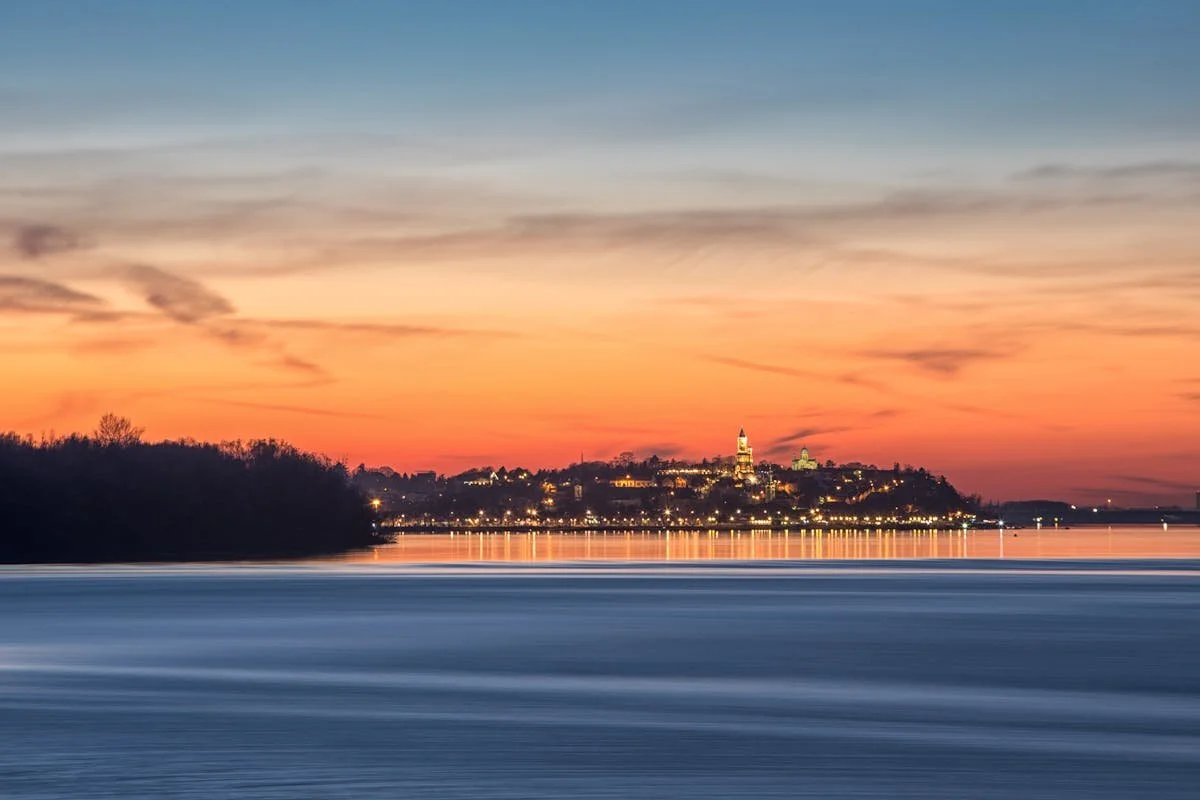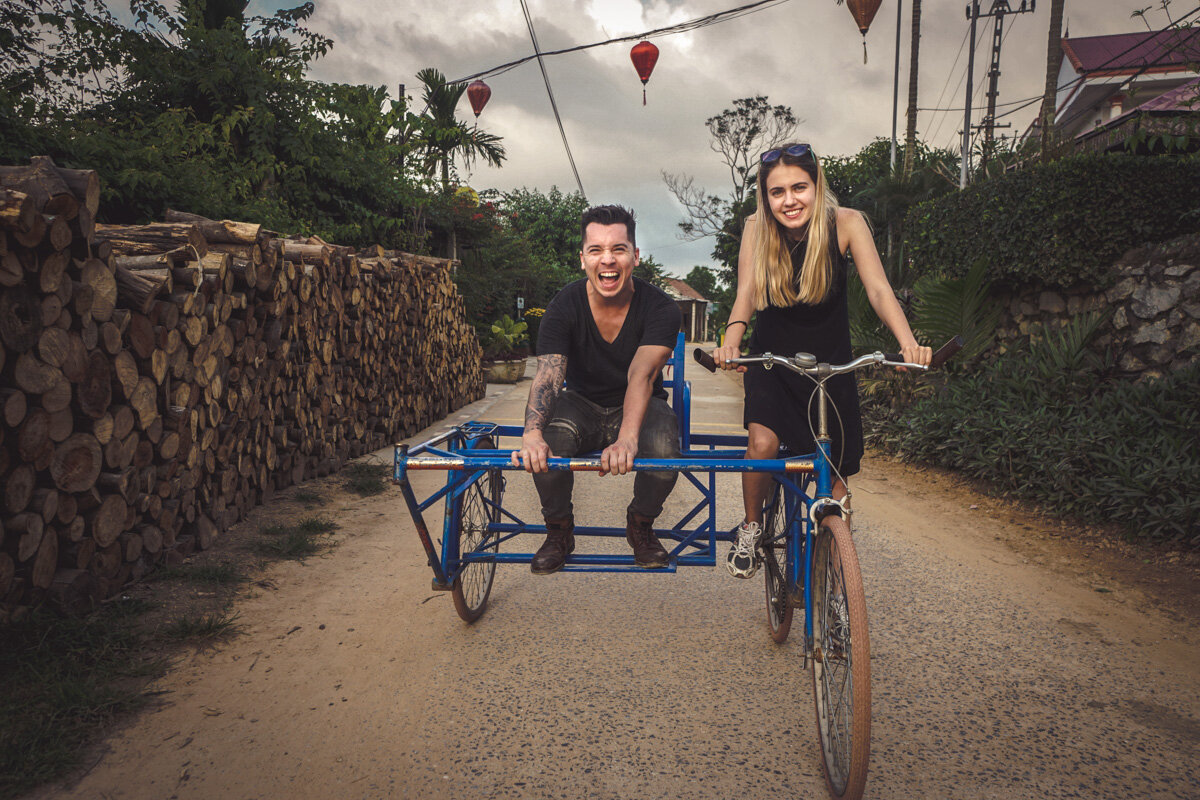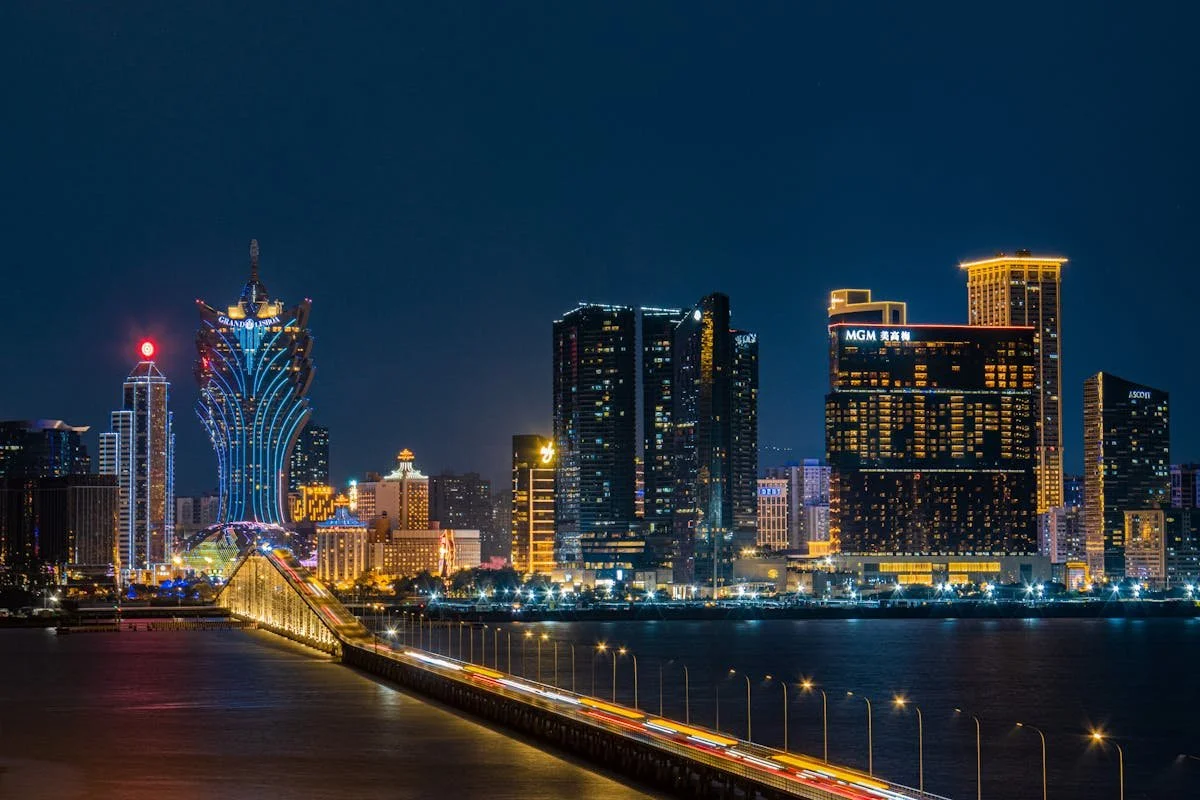Free And Cheap Things To Do In Croatia
/Croatia is a beautiful country, but it’s gotten quite expensive over the years. But that doesn’t mean you can’t enjoy the country on a budget - there are loads of places to visit in Croatia that cost very little money and even more stuff that is entirely free!
The key to enjoying Croatia without spending a fortune is visiting in the off-season. Accommodation prices are cut in half, as are the prices of tickets to everything worth seeing. Just don’t plan a trip during the summer and you’re off to a great start!
We believe that the best time to visit Croatia for your budget is in May or Septemeber while it’s the weather is warm but outside of high season.
And stick with the tips we’re about to share with you for a truly memorable and affordable trip to Croatia.
Some of the best beaches in Croatia are entirely free
The reason why Croatia is one of the most popular summer vacation destinations in Europe is the abundance of stunning beaches. And luckily for you, visiting Croatian beaches is absolutely free.
Of course, you will want to avoid private beaches, as well as those that require you to rent a chair in order to secure a spot. That shouldn’t be an issue because such beaches are a minority. Most of the best beaches in Croatia are entirely free, and anyone can enjoy them however they like.
But that usually means massive crowds as well, especially during high season. There’s no way to avoid crowds on the vast public beaches, but the good news is that you will find even more secluded beaches you can have all to yourself.
Zlatni Rat on the island of Brač is one of the best beaches in Croatia and in Europe, and it doesn’t have an entrance fee.
Limuni is another spectacular beach you should visit. It is on the island of Mljet, and it’s pretty deserted even during peak season. Hvar also has some fun and secluded beaches worth checking out, the island is also big enough to spend more than a few days on.
best beaches in croatia. Credit: expert word travel blog
Krka National Park
Krka National park is another gem of Dalmatia, and it’s an absolute must for anyone who is in the area. It is 10-15 minutes away from the historic city of Šibenik, which is one of best cities to visit in Croatia.
Exploring the entire national park can get quite pricey though, which is why we recommend you stick with the Skradinski Buk area. It will take you at least 4-5 hours to see everything worthwhile here, and the tickets for just this part of the park are super affordable.
The star of this area of the park is the massive waterfall, which is absolutely mesmerizing to observe. But it will take quite a lot of walking around the park to reach it; don’t worry, you will enjoy every second of it. You’re surrounded by untouched nature and the sounds of rushing waterfalls, with picturesque scenery everywhere you look. What’s not to love, nature is one of the nicest things to see in Croatia!
The other land areas are actually in a completely different part of the national park, and you can’t really reach them on foot. You’d have to drive to a different entrance, and that’s neither convenient nor affordable.
Krka national park is among cheap places to visit in croatia. Credit: expert word travel blog
Plitvice Lakes
Plitvice Lakes is Croatia’s most popular national park and for very good reasons. It boasts stunning nature, exquisite views, and lots of hiking and mountaineering trails. Whether you want to take amazing photos all day or hike your heart out, this is the place for you.
However, it’s not necessarily a cheap adventure, especially if you’re visiting during the summer. Tickets are the most expensive during the peak season, so we recommend visiting the park sometime between October and May. That’s when you can actually get them for very little money.
And you’re not paying just for the entrance; the tickets also include a ride in a sightseeing vehicle, as well as a boat ride. Not to mention the opportunity to explore more than 35 kilometers of hiking trails, as well some 20 kilometers of lake system trails.
It’s also one of the cheap things to do in Croatia when the tickets are the cheapest during winter months, and you should definitely consider going then. Walking around the snow-covered park is an entirely different experience to seeing everything in full bloom, but magical nonetheless.
Korčula Island
Even though Korčula has a reputation for being one of the most expensive islands in the country, there are a lot of things you can do there that won’t cost you a penny. You should definitely visit the town of Korčula, which we think is one of best cities to visit in Croatia! Just don’t sit down in any of the cafes or restaurants that are in the heart of the old town since they’re definitely not cheap.
Korčula city is known for the massive city walls with tall tourettes that surround the Old Town. There’s even a cocktail bar on top of one of the tourettes - it’s certainly an interesting concept, but we’re not sure if it’s smart to mix alcohol with tall and steep stairs.
The best way to experience the historic center of the city is to just walk around the narrow alleys and admire all the different landmarks and monuments you see on the way. And definitely stop at the city walls and admire the view - since the old town is just above the marina, you’ll likely get to see some massive boats docked below.
However, this island isn’t just about the city of Korčula. It’s much bigger than that, and there are heaps of other things you can do in Croatia for free. For one, you could go to the Vela Pržina beach, which is one of the largest sand beaches on the eastern side of the island. Or just head to any one of the hundreds of public beaches on the island.
Visit Korčula Island in Croatia. Credit: expert word travel blog
Visit Zadar
Zadar is one of the most beautiful cities of Croatia’s Adriatic coast, and you can thoroughly enjoy it without spending a dime. It is free to enter the old town, and you could spend hours just roaming around and exploring Croatian culture.
You definitely need to go see the Sea Organ and the Monument to the Sun. They’re the two most famous Zadar monuments, and they are absolutely exquisite and definitely among places to visit in Croatia! Both were designed by Croatian architect Nikola Bašić, and they’re both right next to each other.
The Monument to the Sun is a massive light installation that consists of about three hundred glass plates. The largest circle represents the sun, while the smaller ones are depictions of the planets in the solar system. This famous landmark is an attempt to communicate with nature via light, while the Sea Organ represents an attempt to communicate with sound.
That’s right - the Sea Organ is not a monument one will visually admire. It is actually about the sound that the waves create; this monument consists of polyethylene tubes and a resonating cavity that are hidden below the marble steps that descend into the sea. You can spot tiny holes in the pavement near the steps - these are the openings of the tubes, through which you can hear the marvelous music.
zadar is one of best cities to visit in croatia. Credit: expert word travel blog
Diocletian’s Palace In Split
You can’t go to Split and not go to Diocletian’s Palace - it’s like visiting Paris and not queuing for the Louvre. Except you don’t have to que to get into Diocletian’s Palace, and it won’t cost you a single kuna! Overall exploring Split is among the best free things to do in Croatia!
The Palace is a massive structure that was built centuries ago as a retirement residence for the emperor Diocletian. There are more than two hundred buildings within the walls of the palace, including museums, cafes, restaurants and shops.
What’s most interesting about Diocletian’s Palace is that it’s not actually a palace. It is more of a fortress complex, and about half of it was supposed to house a military garrison. The only reason why it is called a palace is because the people got used to the term. Diocletian’s Palace is one of the most significant things to do in Split and learn about Croatian culture for free.
There are lots of things to see in this part of Split, starting with all four palace gates. You should also check out the peristyle, the cellars underneath the palace, as well as the entire southern half which features remains of the more luxurious palace structures.
Another thing you have to do in Split is going for a stroll on the main promenade, Splitska Riva. It is entirely free, and it is crucial to take time to enjoy as this is one of the most iconic parts of this charming Croatian city.
Shop At Open Markets
You’ll have to feed yourself while you’re in Croatia, and eating at restaurants is neither free nor exactly cheap. While you might be able to find an affordable fast food joint or two, you can’t be certain of the food quality. And that’s why it’s best to prepare your own meals in Croatia; not only will you save quite a lot of money, but you’ll also be able to gain some insight into the life of locals.
Open markets aren’t necessarily massive or impressive, but they are always full of locals. What a great opportunity to try your hand at haggling and pick up some Croatian at the same time!
Perhaps the most famous open market in the country is the Dolac Market, situated in the heart of Zagreb. It boasts a mixture of both open and sheltered stalls, most of which are full of fresh fruits, vegetables, dairy products and meat.
The Pazar market in Split is also pretty popular with tourists, especially because it is located within the walls of the Diocletian’s Palace.
No matter where in Croatia you find yourself, we always recommend checking out what’s for sale in the open markets. The majority of produce there is sold by local farmers, so you can be certain that you are buying entirely fresh and organic vegetables.
Author’s Bio:
Anna was born to travel the world having studied languages all her life. Although she has traveled the world, she now calls Switzerland home and spends her time writing about her experiences on Expert World Travel. You can follow her on Facebook, Twitter and Pinterest.






























